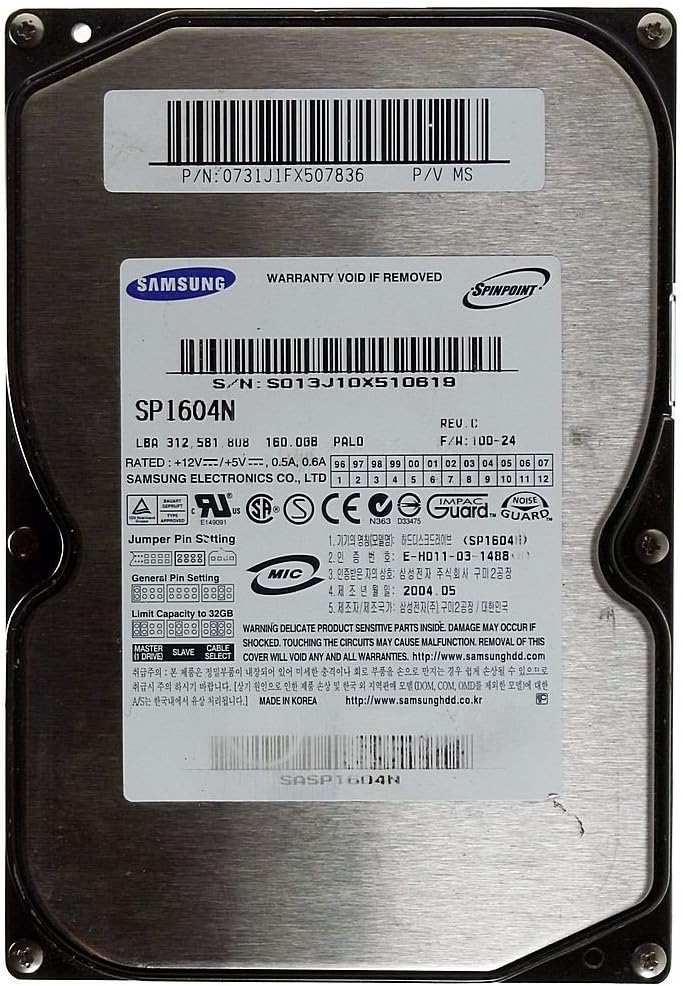Hi there guys, i'm new here.
So I found an old 3.5 HDD of mine and i know it has a lot of childhood memories on it.
For reference, it looks like this:

So the thing is, when i plug it into a power supply it does not start spinning. It does not even make a sound, so i guess its not stuck or anything, because then i would expect it to make stuttering sounds.
I know there can be lots of stuff causing it not to move, but i would think it should be one of two causes here:
Thats why im focussing on option 2.
I read that for newer HDDs you can not just get an exact same PCB and mount it to the existing HDD.
But this HDD is from around 2003.
So the question is, can I just buy the exact same HDD again and mount the new PCB to my old HDD?
So I found an old 3.5 HDD of mine and i know it has a lot of childhood memories on it.
For reference, it looks like this:

So the thing is, when i plug it into a power supply it does not start spinning. It does not even make a sound, so i guess its not stuck or anything, because then i would expect it to make stuttering sounds.
I know there can be lots of stuff causing it not to move, but i would think it should be one of two causes here:
- The motor died.
- The PCB died.
Thats why im focussing on option 2.
I read that for newer HDDs you can not just get an exact same PCB and mount it to the existing HDD.
But this HDD is from around 2003.
So the question is, can I just buy the exact same HDD again and mount the new PCB to my old HDD?


